- Preheat oven to 400°F with rack in middle.
- Stir together orange juice, lime juice, and sugar in a bowl. Add rhubarb and let stand, stirring occasionally, 10 minutes.
- Meanwhile, cut pastry in half lengthwise, then roll out each piece into an 11-by 7-inch rectangle on a lightly floured surface with a floured rolling pin. Arrange pastry rectangles side by side on an ungreased large baking sheet.
- Make a 1/2-inch border around each pastry rectangle by lightly scoring a line parallel to each edge (do not cut all the way through). Prick pastry inside border all over with a fork.
- Strain rhubarb mixture through a sieve set over a bowl, reserving liquid. Top 1 pastry rectangle (within border) with half of rhubarb, overlapping slices slightly. Repeat with remaining pastry and rhubarb.
Bake until pastry is puffed and golden (underside of pastry should also be golden), about 30 minutes.
Meanwhile, boil reserved rhubarb liquid in a small saucepan, skimming foam if necessary, until reduced to about 1/4 cup, 15 to 18 minutes. - Transfer tarts to a rack. Brush rhubarb and pastry with glaze and sprinkle with zest.
|
Long story short, I attempted this recipe due to the convergence of a challenge from an old friend (who, after seeing my koi pond pie, commented that I should next make something reflecting my namesake/internet handle) and another friend having spied cheap rhubarb for sale in another state and hand-carrying a pound's worth of stalks back for me. I then promptly ended up doing a whole bunch of substitutions, both intentional and unintentional, and in the end determined that this is really just a sweet rather than savory pizza-like dessert that is pretty forgiving of whatever you want to do with it. Thus, if you wish to try it, I wish you many happy experiments!
0 Comments
I love the delicate crunchiness of phyllo, and always wanted to try it out in a pie. It's not the easiest thing to work with in terms of both handling and baking with fillings, but perseverance found a way! Presentation-wise, I think a deep dish pie pan looks more interesting than a standard pie, but either way, this is an interesting twist on the conventional crust. Just be prepared to serve it with both a knife and a fork - for all of phyllo's flakiness, it's not the easiest to cut through with just the edge of a fork, particularly the bottom of the crust.
I tried this method initially by baking the filling inside the raw phyllo and having both bake at the same time, but this both compressed the bottom too much and made it not as crunchy. Also, since phyllo is prone to getting soaked by wet fillings, you can experiment with "lining" the bottom with something like a mix of ricotta cheese and flour to help buffer the liquids. While this recipe is listed as "easy", any attempts at baklava are probably going to be more labor-intensive than any other backing project ever (short of needing to whip your own meringues from scratch). Definitely a good workout for the arms! I didn't use the damp cloth and still managed it all right, but you should definitely prepare to work fast so that the phyllo sheets don't dry out. 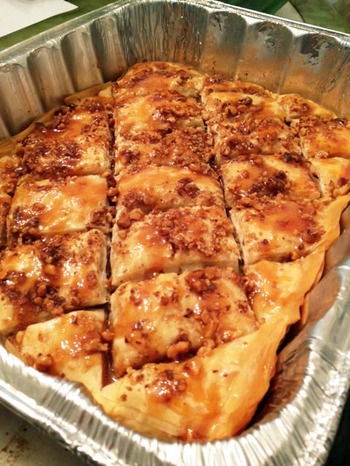
|
Sweet EnoughPart of the reason I started baking was because I like my goodies to be less obviously sweet - I want to taste the flavor, not just the sugar. So most of these recipes will have the sugar dialed down. Categories
All
Archives
September 2021
|
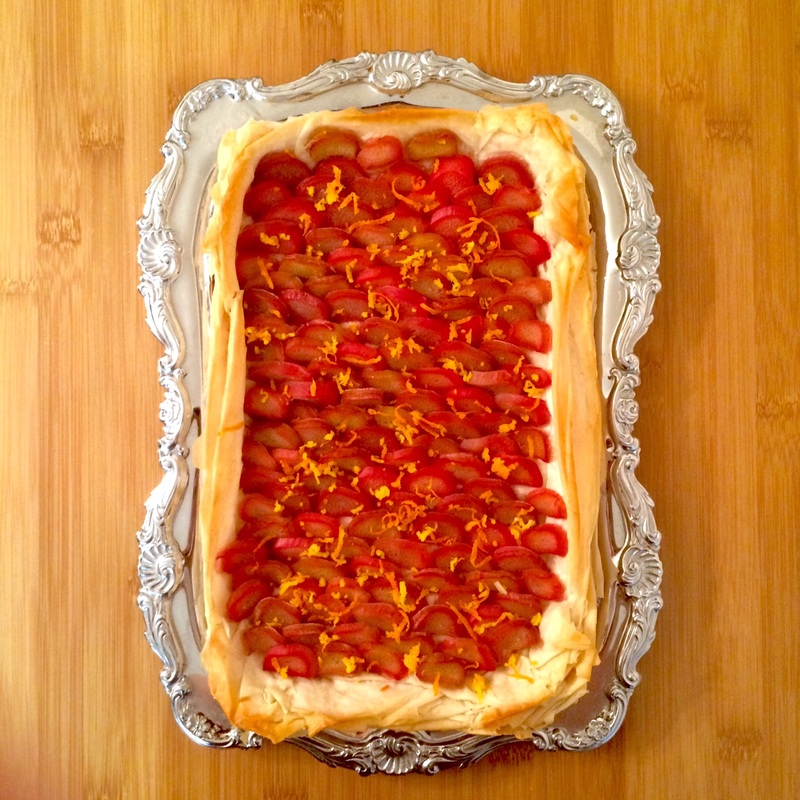
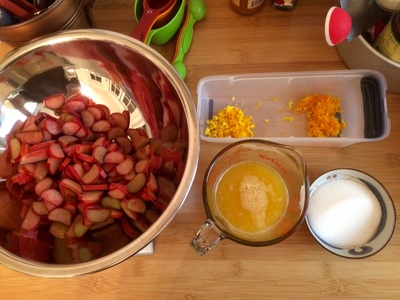
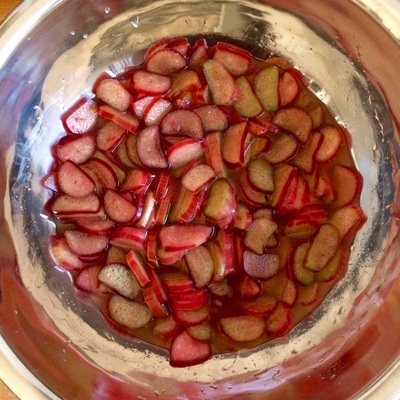
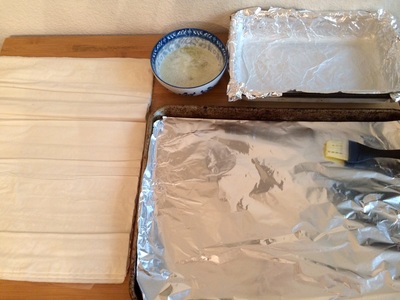
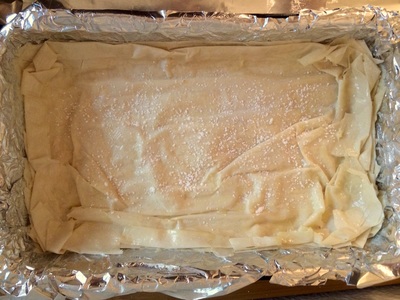
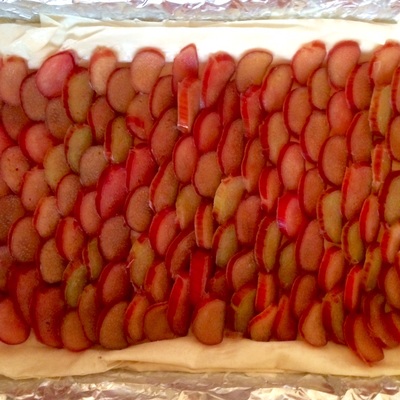
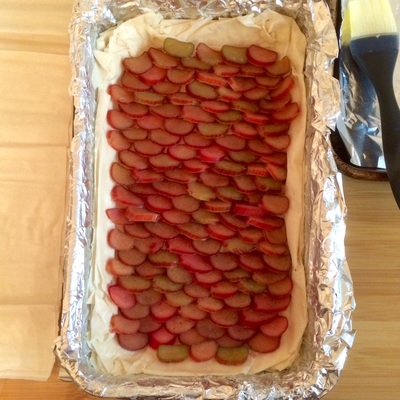
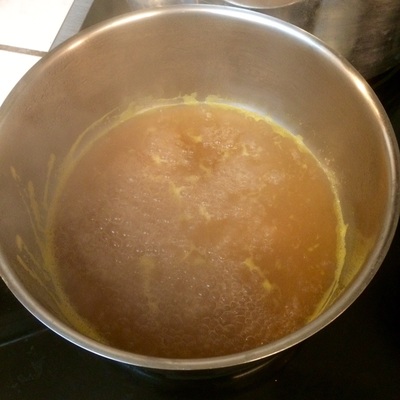
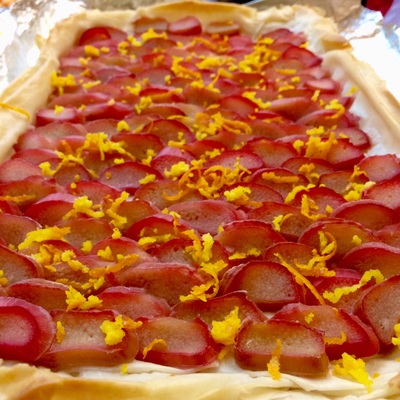
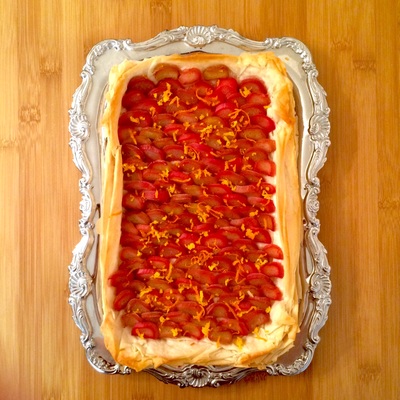
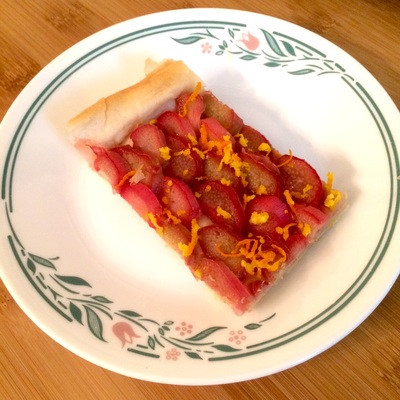

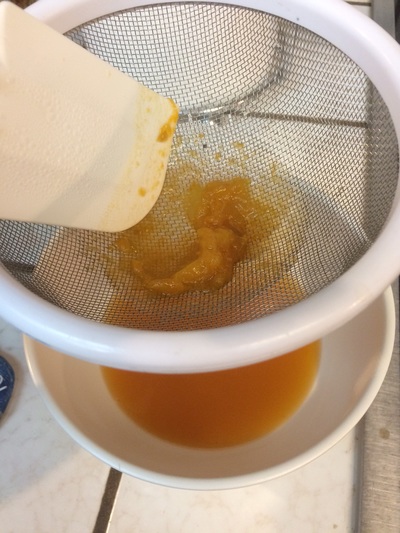
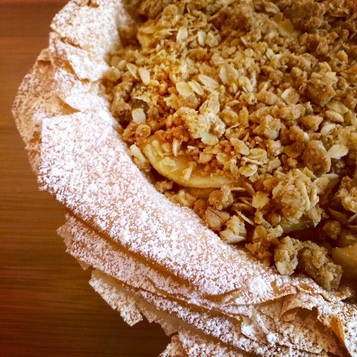
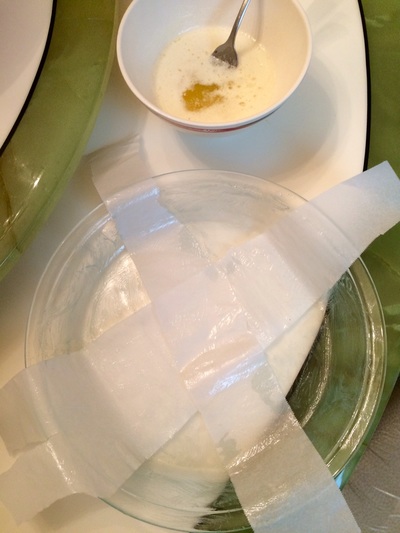
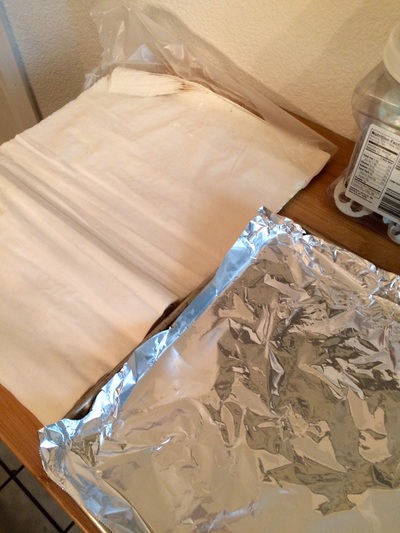
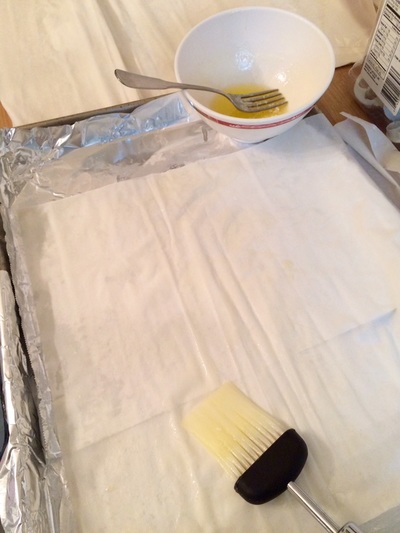
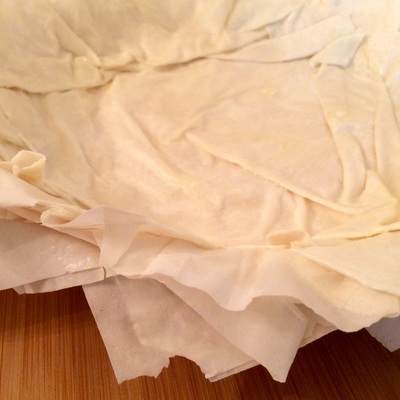
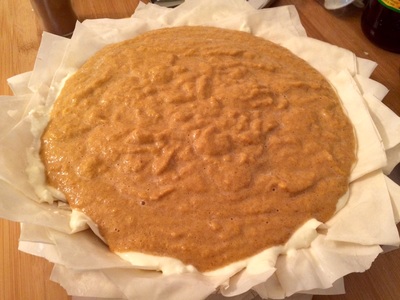
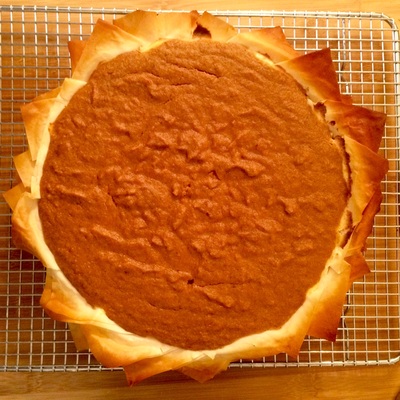
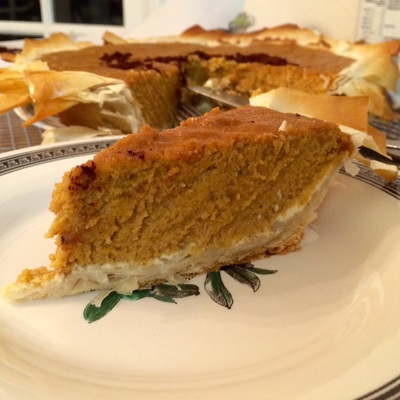
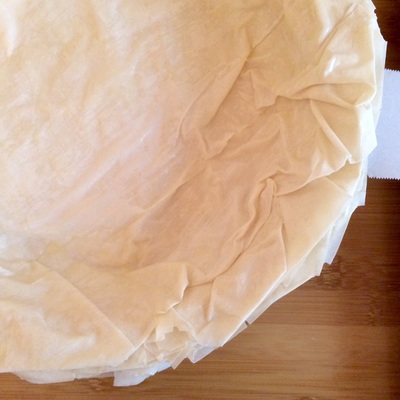
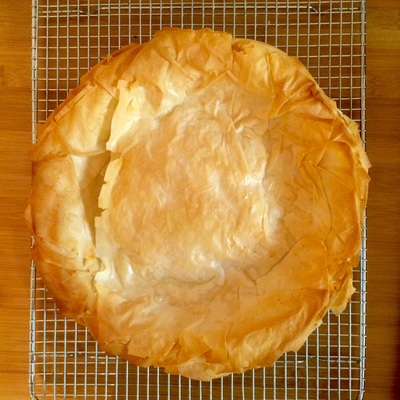
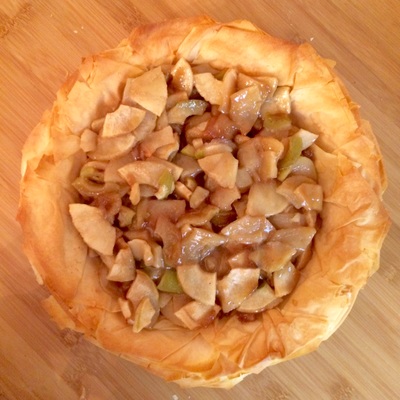
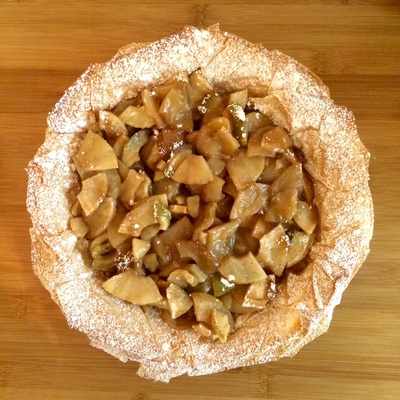
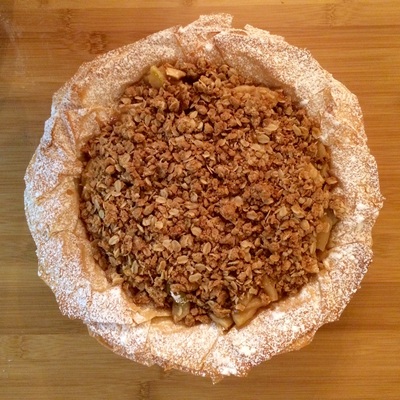
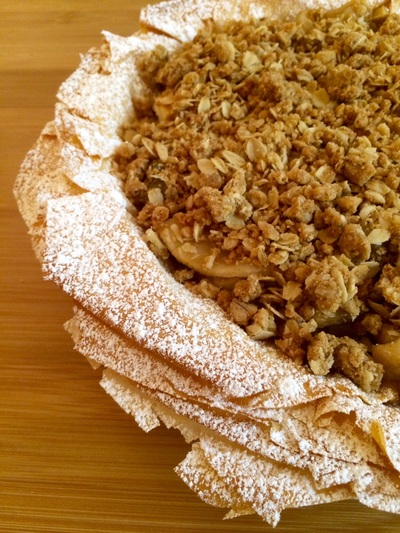
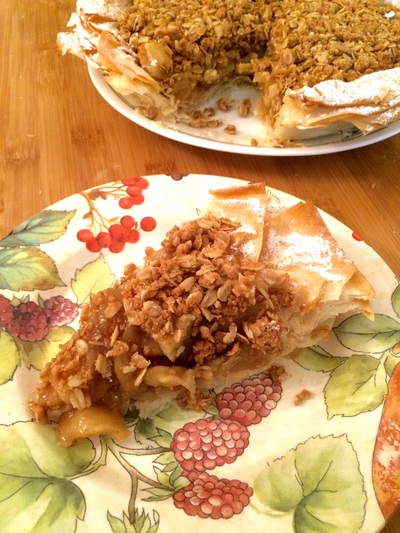

 RSS Feed
RSS Feed